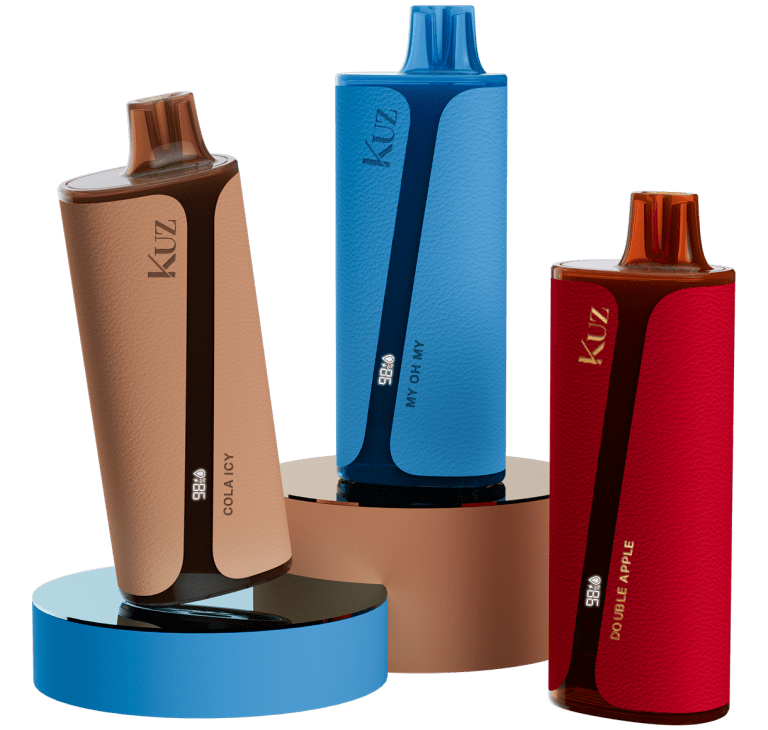As vaping continues to grow in popularity, many travelers find themselves asking, “Are vapes allowed in airports?” The answer is yes, but with several important caveats. Understanding the rules surrounding vaping devices at airports and on planes can help ensure a smooth journey without unexpected complications.
TSA Regulations for Vapes and E-Cigarettes
The Transportation Security Administration (TSA) allows vapes and e-cigarettes to be carried through airport security, but only in carry-on luggage. This rule primarily exists due to the risks associated with lithium-ion batteries, which power most vaping devices. Placing these devices in checked luggage is strictly prohibited, as the batteries pose a fire risk if they overheat or are damaged during transit.
When carrying a vape through security, it’s important to follow a few guidelines:
- Device Storage: Keep your vape device in your carry-on bag, and ensure it’s turned off. Many travelers also choose to carry their device in a protective case to prevent accidental activation.
- Battery Safety: If you have spare batteries, they should be stored in a battery case that isolates the terminals, reducing the risk of a short circuit.
- E-Liquids: If you’re bringing e-liquid, remember that TSA liquid rules apply. Each container must be no larger than 100 ml (3.4 ounces), and all containers must fit within a single quart-sized zip-top bag.
Airline Policies on Vaping Devices
While TSA provides the baseline rules, individual airlines may impose additional restrictions. For example, some airlines limit the number of vape devices and batteries you can bring on board. Emirates, Jet2, and easyJet allow a maximum of 15 vapes, while Ryanair permits up to 20. These limits are in place to mitigate fire risks associated with lithium batteries.
Additionally, airlines universally prohibit the use of vaping devices during flights. Vaping on a plane is not only a violation of airline policies but also a federal offense. If you need nicotine during a long flight, consider alternative options like nicotine gum or patches.
Vaping in Airports
Once you’re inside the airport, the rules about where you can vape vary. Most airports have designated smoking areas where vaping is allowed, often located outside the terminal or in specific smoking lounges. However, many modern airports have eliminated indoor smoking areas entirely, meaning you may have to step outside the secure area to vape.
It’s always a good idea to check the specific airport’s rules before you travel, as policies can differ significantly between locations. In some countries, vaping is entirely banned, and bringing vape devices into the country could result in confiscation or fines.
Packing Tips for Vapes and E-Liquids
To avoid issues during your travels, here are some practical tips:
- Avoid Leaks: Cabin pressure changes can cause vape tanks to leak. To prevent this, consider traveling with partially filled tanks or disposable vapes that don’t require refilling.
- Double-Bag Liquids: If you’re packing e-liquid in checked luggage, double-bag it to prevent leaks from damaging your belongings.
- Check International Laws: Vaping laws can vary dramatically from one country to another. Research your destination’s regulations on vaping before you fly to avoid any surprises.
Conclusion
Traveling with a vape is manageable as long as you’re aware of the rules and take the necessary precautions. By following TSA guidelines, understanding your airline’s policies, and being mindful of local laws, you can enjoy a hassle-free experience with your vaping devices during your journey.



